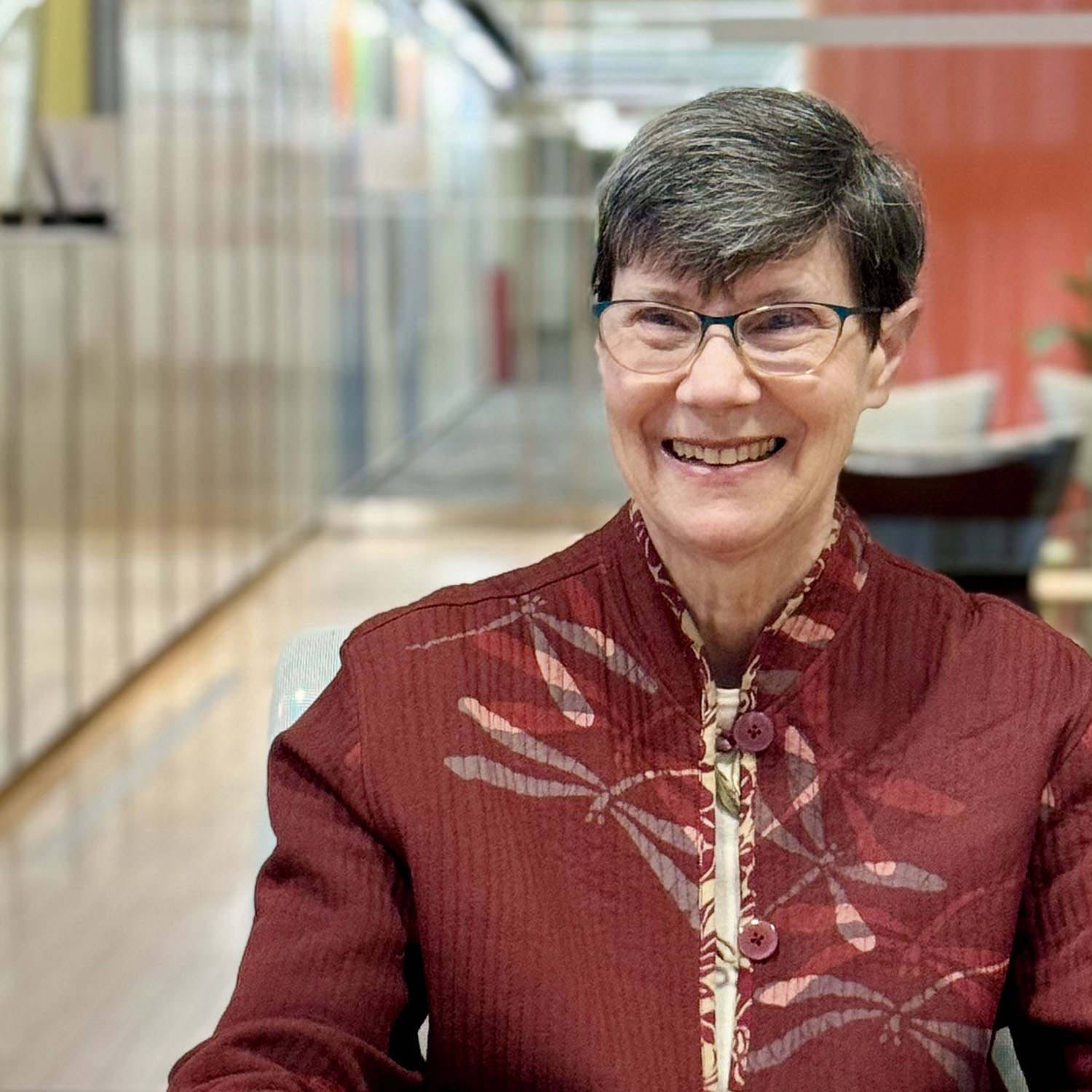Addressing Pain Requires Understanding How We Heal
Director’s Page
Helene M. Langevin, M.D.
March 27, 2024
How does pain occur? How does it go away? Finding answers to these questions matters to the more than 50 million adults in the United States who suffer from chronic pain.
I recently had the opportunity to join the National Advisory Neurological Disorders and Stroke Council meeting, hosted by the National Institute of Neurological Disorders and Stroke, to share new directions in musculoskeletal pain research led by the National Center for Complementary and Integrative Health (NCCIH).
The dual epidemics of chronic pain and opioid misuse make it clear that developing better nonaddictive analgesics is critically important. But treating pain as a symptom is not enough. We need to better understand how pain resolves so we can encourage the body’s innate capacity for healing to help address the source of pain, rather being limited to treating its end result.
If we get a paper cut, it doesn’t hurt forever. The cut begins to heal, and the pain subsides. This pain resolution reflects built-in—or endogenous—processes the body is capable of. But when chronic pain sets in, we know that something has impaired or overwhelmed our built-in pain resolution processes. Understanding how to prevent the transition of acute to chronic pain by supporting the body’s natural ability to heal is vitally important to help the vast number of people who, each year, develop chronic pain after an injury or surgery.
I believe that taking a whole person approach will be key to understanding how to best support and promote the resolution of pain. While we are making great strides in understanding pain mechanisms within the nervous system, we are lagging behind in connecting these mechanisms with what happens in the rest of the body, especially the peripheral “non-nervous” tissues, when acute pain becomes chronic. And we are even further behind in understanding the “salutogenic” mechanisms that allow pain to resolve.
For example, after an injury to a joint, resolving pain involves not only sensitized nerves settling down. It also involves the successful repair of the tissues surrounding the joint (ligaments, joint capsule, muscles, and fasciae), resolution of inflammation, and restoration of tissue mobility. Promoting pain resolution also means providing support for the gradual return of physical activity and tissue movement, as well as managing stress and sleep. Importantly, resolving acute pain and restoring joint function may help prevent long-term joint dysfunction and degeneration, and prevent chronic pain in the long term.
Although the puzzle of pain resolution is still very incomplete, the Helping to End Addiction Long-term® Initiative, or NIH HEAL Initiative,® has begun to fill in some key pieces. Imaging studies funded by the initiative are developing objective measures of myofascial tissue, including dynamic imaging capturing tissue movement in people with and without myofascial pain. Another part of the NIH HEAL Initiative, Restoring Joint Health and Function to Reduce Pain (RE-JOIN), focuses on examining the sensory innervation in the tissues and will help us understand joints in a more holistic way.
By asking research questions across multiple bodily systems, and integrating behavioral, social, and environmental context, research is poised to offer urgently needed options for people experiencing, or at risk of developing, chronic pain and ensuring our pain management toolbox includes effective nonpharmacologic approaches.
I look forward to continuing conversations as we drive this research forward, particularly at the International Association for the Study of Pain (IASP) 2024 World Congress on Pain later this year, where I will highlight the latest updates on NCCIH’s work.
